Top billed cast
Christine HegelerSpeaker
Similar to Das große Insektensterben

The Marvelous Wild World of the Vegetable Garden (2022)
This is the story of a vegetable garden, from the first seeds to the harvest. But this garden is different, because here the gardener has decided to banish pesticides and other chemicals, and to be helped only by discreet workers, the insects. As we dive into the heart of this plant kingdom, we discover thousands of tiny lives that organize themselves as in a micro-society: decomposing insects, recyclers, pollinators, the workers of the garden work to maintain a fragile balance within the vegetable garden. As the plants grow and begin to produce their first vegetables, the incredible interactions between insects and plants help protect the future harvest. But it is also their personal stories that punctuate the life of the garden. Between parades, mutual aid and attempted putsch, the story of the vegetable garden thus takes the form of a true nature tale.
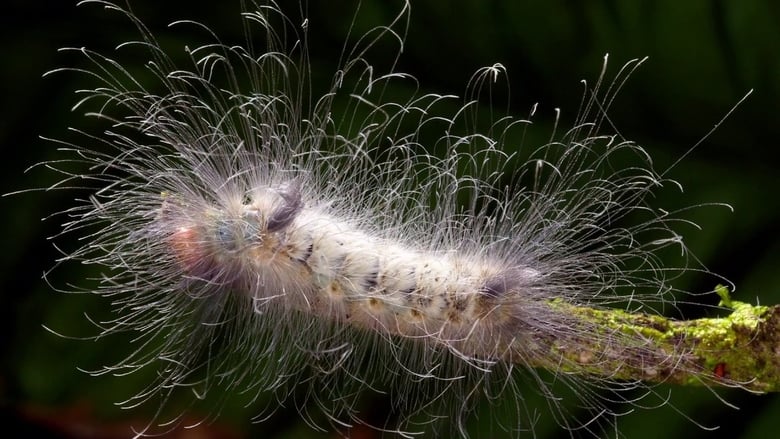
Learning To See (2016)
Struggling with a mid-life crisis, Robert Oelman leaves his psychology career in the early 1990s to photograph rare and exotic insects. After moving from the United States to Colombia, he forms a special bond with his subjects in the Amazon rainforest. This connection enables him to make striking photographic images of new and undocumented species. After more than 20 years of traveling, searching, and photographing, his quest culminates with a New York City gallery show where he finally shares his images with the public.
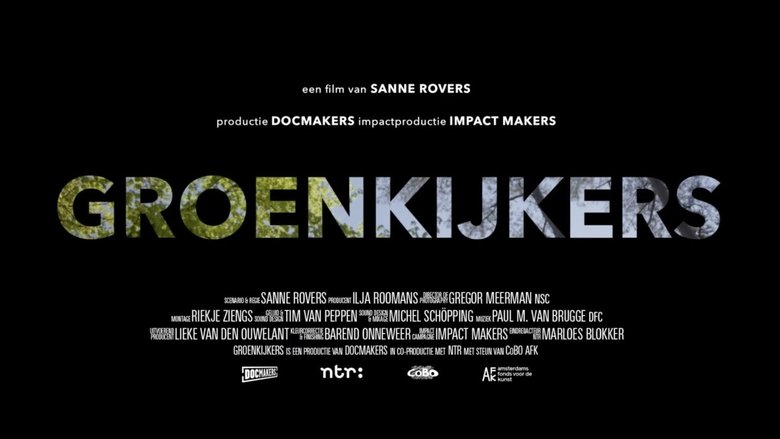

Sharkwater Extinction (2018)
Discovering that sharks are being hunted to extinction, and with them the destruction of our life support system - activist and filmmaker Rob Stewart embarks on a dangerous quest to stop the slaughter. Following the sharks - and the money - into the elusive pirate fishing industry, Stewart uncovers a multi-billion dollar scandal that makes us all accomplices in the greatest wildlife massacre ever known.
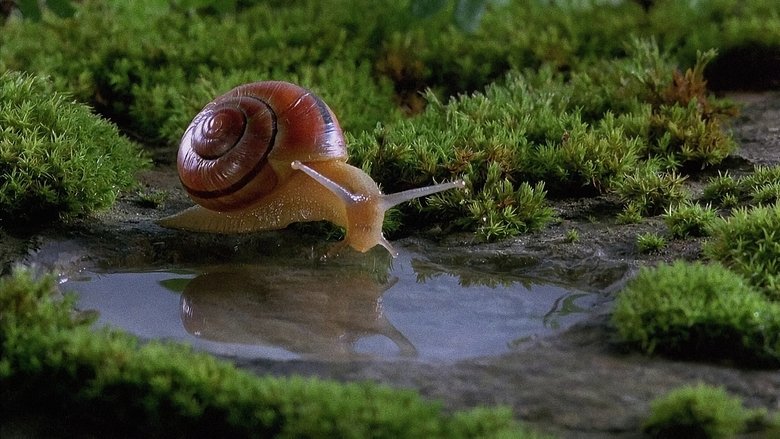
Microcosmos (1996)
A documentary of insect life in meadows and ponds, using incredible close-ups, slow motion, and time-lapse photography. It includes bees collecting nectar, ladybugs eating mites, snails mating, spiders wrapping their catch, a scarab beetle relentlessly pushing its ball of dung uphill, endless lines of caterpillars, an underwater spider creating an air bubble to live in, and a mosquito hatching.
Insect Zoo (1950)
Susan and Ted are creating an insect zoo, learning about various insects.
City of Wax (1934)
City of Wax is a 1934 American short documentary film produced by Horace and Stacy Woodard about the life of a bee. It won the Oscar at the 7th Academy Awards in 1935 for Best Short Subject (Novelty). Preserved by the Academy Film Archive in partnership with the UCLA Film and Television Archive in 2007.
Neanderthal Apocalypse (2015)
40, 000 years ago the steppes of Eurasia were home to our closest human relative, the Neanderthals. Recent genetic and archaeological discoveries have proven that they were not the dim-witted cave dwellers we long thought they were. In fact, they were cultured, technologically savvy and more like us than we ever imagined! So why did they disappear? We accompany scientists on an exciting search for an answer to this question and come to a startling conclusion …
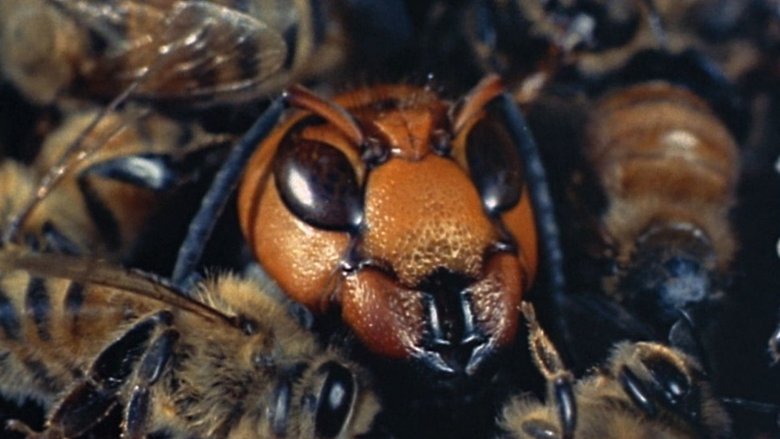
The Hellstrom Chronicle (1971)
A scientist explains how the savagery and efficiency of the insect world could result in their taking over the world.
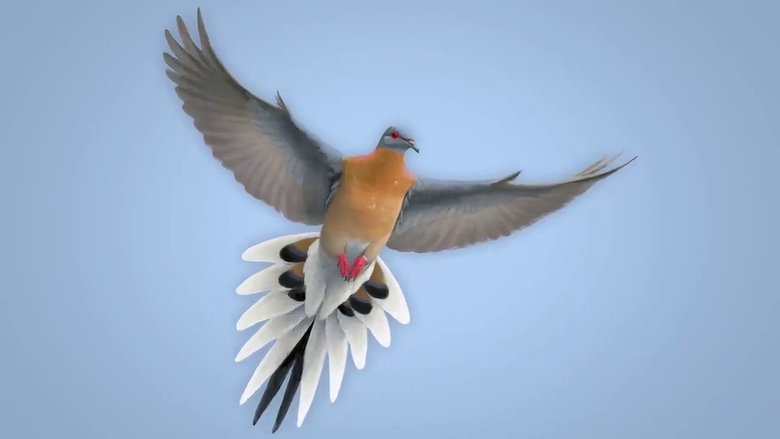
From Billions to None: The Passenger Pigeon's Flight to Extinction (2014)
The passenger pigeon, the most abundant bird species in North America for thousands of years, became extinct by human hands in a geologic heartbeat. Its story remains relevant to conservation challenges today, and there are even plans for its possible revival. Rare archival material, CGI animation, and aerial cinematography combine to recreate the awe-inspiring nature of these birds.
One Strange Rock (2018)
A mind-bending, thrilling journey exploring the fragility and wonder of planet Earth, one of the most peculiar, unique places in the entire universe, brought to life by the only people to have left it behind – the world’s most well known and leading astronauts. This edit combined episodes one and ten to create a new movie.
30 Years of National Geographic Specials (1995)
Celebrates 30 years of televised specials by The National Geographic Society.
Frogs: The Thin Green Line (2009)
An examination of the extinction threat faced by frogs, which have hopped on Earth for some 250 million years and are a crucial cog in the ecosystem. Scientists believe they've pinpointed a cause for the loss of many of the amphibians: the chytrid fungus, which flourishes in high altitudes. Unfortunately, they don't know how to combat it. Included: an isolated forest in Panama that has yet to be touched by the fungus, thus enabling frogs to live and thrive as they have for eons.

The Last Male on Earth (2019)
Ever since there’s only one male northern white rhino remaining on earth, armed bodyguards protect him, tourists are standing in line to make a selfie with him, journalists rush to Kenya to tell his story and scientists are determined to find ways to reproduce his species. What is so attractive about the threat of extinction? How does this reflect on us?
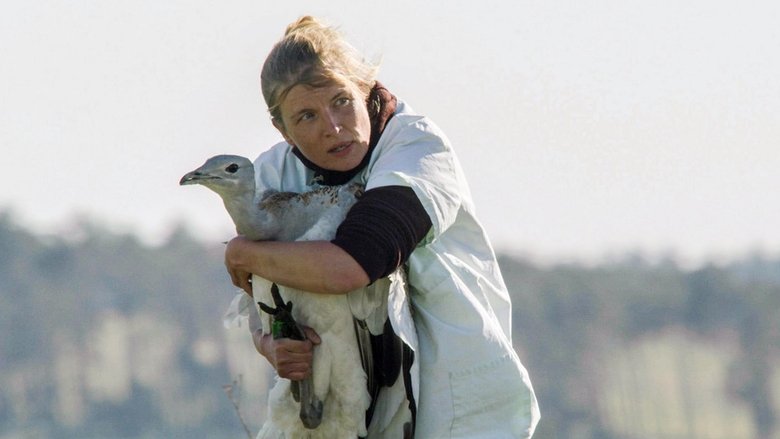
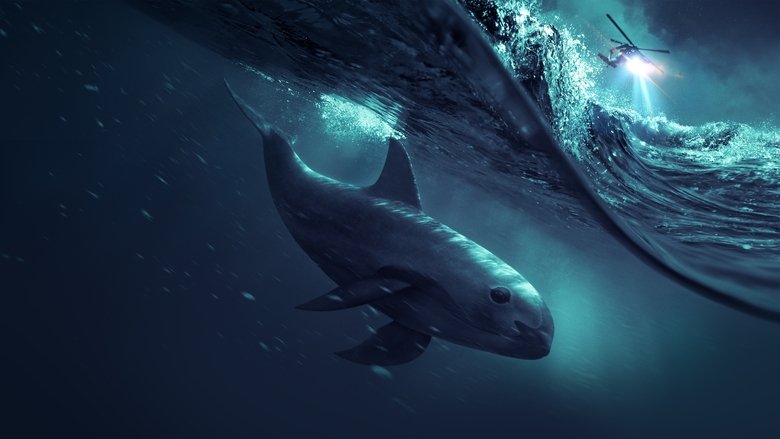
Sea of Shadows (2019)
The vaquita, the world’s smallest whale, is nearing extinction as its habitat is destroyed by Mexican cartels and the Chinese Mafia, who harvest the totoaba fish, the “cocaine of the sea.” Environmental activists, the Mexican navy, and undercover investigators are fighting back against this illegal multimillion-dollar business.
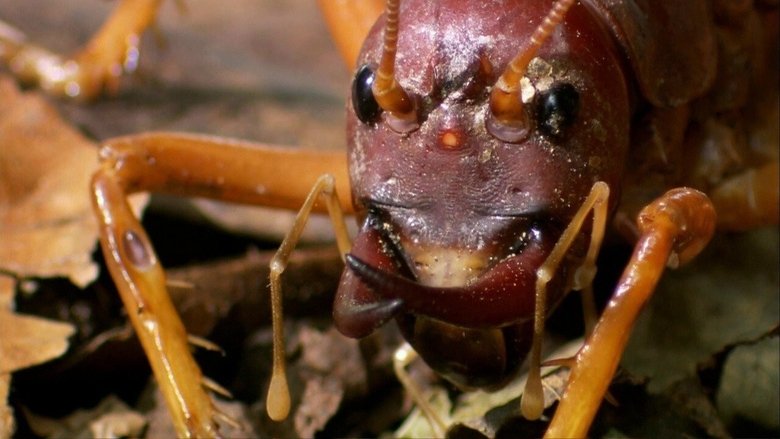
The World's Biggest and Baddest Bugs (2009)
The World's Biggest and Baddest Bugs, follows host Ruud Kleinpaste, as he embarks on an entomological odyssey around the globe in search of the ultimate biggest and "baddest" creepy crawlies. The World's Biggest and Baddest Bugs will then profile the "stars" of the show, with Ruud explaining in his audience-friendly style exactly what makes them so amazing.
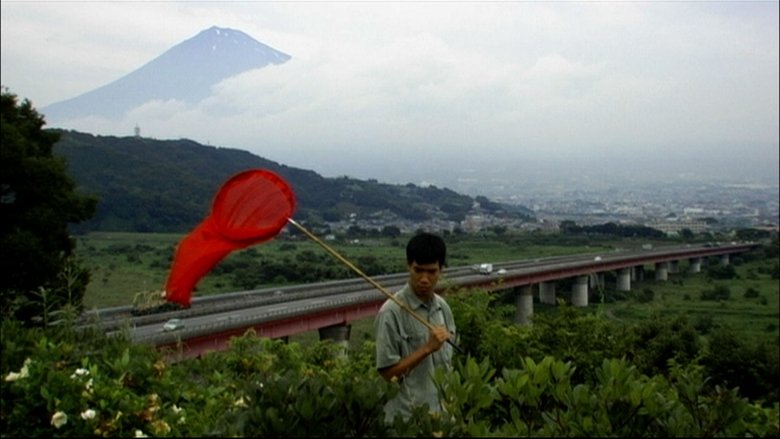
Beetle Queen Conquers Tokyo (2009)
Untangling the web of cultural and historical ties underlying Japan's deep fascination with insects.
Underground Farmers (1939)
Ages before man proclaimed himself a superior being, the tiny ant had developed the art of agriculture — a practice which was later to be the backbone of human society.